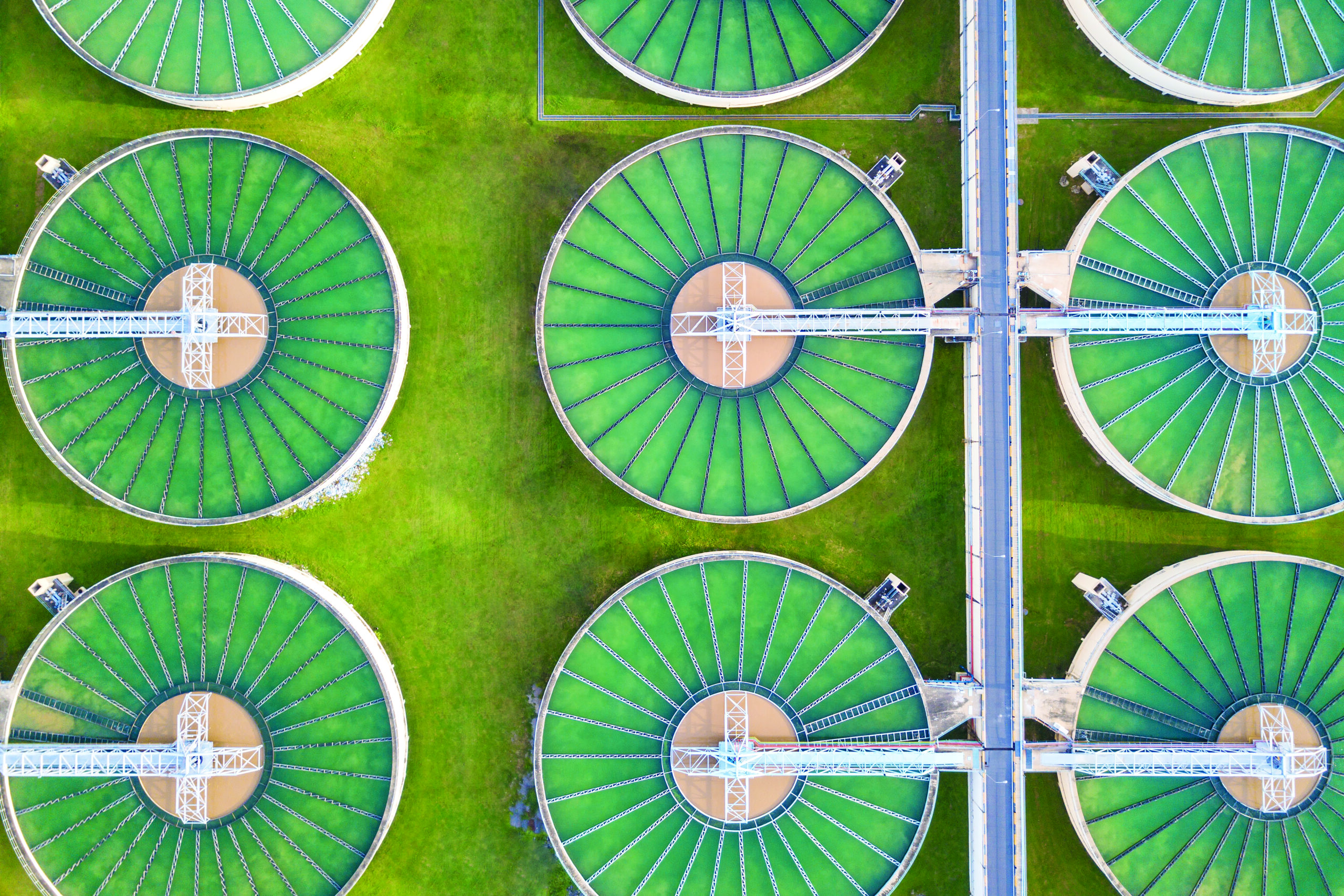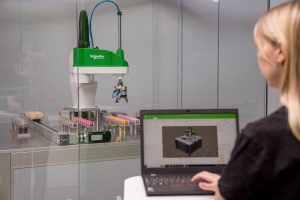I’m a technology enthusiast who enjoys exploring new digital technologies and thinking about how we can adopt at scale and speed.
In our industry, the recent years have been super interesting for people like me.
The urgent need for resiliency and flexibility has accelerated digital transformation, with Net Zero targets increasing the imperative of digitization.
However, in industrial settings digital transformation can prove challenging. The 90% of industrial companies believe digitization offers more opportunities than risks. However, one study shows that 84% of digital transformation projects fail. One of the key causes? “Automated solutions are not flexible enough and difficult to change, making operational setups complex to modify and causing inconsistencies in different workflows.”, points out IDC.
Roadblocks: rigid automation systems, code-specific machines
In industries, changes can be complex and costly due to rigid, legacy infrastructure. Some estimate that reconfiguration downtime to accommodate a new run can cost north of $1 million an hour.
In the same realm, machines that tightly couple their hardware with their intelligence can make modular production and product variance impossible. When reprogramming for production changes becomes a challenge. Businesses may find themselves locked-in; falling behind on growth opportunities, competition, or their own sustainability objectives.
The way out and forward: a software-defined approach
Current IoT open architectures address many digital transformation challenges by augmenting existing automation infrastructures and generating new data available to applications. In reality, they often fail to satisfy the resiliency and flexibility needs imposed by current business imperatives. Cutting through these common barriers is the use of software-defined technologies.
A software-defined approach shifts the logic and intelligence traditionally embedded in the hardware itself to software. In many industries the hardware is already managed independently from the software infrastructure running it. It is equally isolated from the data management and from the applications management. How have servers been abstracted? Compute, storage, and network capabilities are naturally discussed in full independence of one another.
How does a software-defined approach look like in practice?
Software-defined engineering
In a software-defined system, virtual environment can test complete plant, building, or a production line behaviors’. It happens thanks to portable, interoperable digital twins. They can simulate domains such as power, motion, hydraulics, or thermodynamics. They also can provide insights on the interdependencies between them, so that one optimizes designs holistically. A good example is Veolia Water Technologies, the world’s largest supplier of water services, which now uses cloud-based data and analytics to standardize plant design. Global teams use shared, secure information and leverage simulation tools to optimize operations. By pinpointing high-risk water loss areas and quickly testing resilient designs, Veolia has cut water losses at over 100 facilities, saving 15% in energy each year with 20% higher production efficiency.

Software-defined Commissioning
With a complete representation of the automation system available in a digital environment, companies can simulate their complete operations, including what-if scenarios and anticipating how the code will behave when running the assets in the field. A software-centric environment significantly shortens the commissioning time, demands less experts on-site, and supports sustainability goals by reducing repetitive tasks.
Software-defined Operations…
Guided by software, machines can be networked, configured, and updated effectively – seamlessly connected to other machines thanks to interoperable, portable, re-usable code, allowing unprecedented system flexibility.
Software-defined technologies are also foundational to autonomous operations. As an example, electricity companies are gradually embracing these technologies to make digital substations the foundational elements transitioning conventional grids into digital grids capable of satisfying prosumer requirements.
…and flexible evolutions
Software-defined systems effectively decouple the lifecycle of the hardware from that of the functionality, so that:
- extensions, upgrades, and evolutions become on-the-fly software updates, largely decoupled from hardware changes,
- lifetime expectancy of the systems is no longer dependent on the availability of hardware spares, nor the active support of operating systems,
- no major revamps are necessary making systems more evergreen (shift from CapEx to OpEx),
- we achieve multi-vendor collaboration from both a technical and a business perspective.
In conclusion
A software-defined approach can entail different technologies like virtualization solutions, portable control, orchestration capabilities and open APIs; if they enforce a new way to design, operate and maintain the systems, a way that requires strong IT competences, they can enable resilient and flexible operations.
The introduction of software-defined technologies in EcoStruxure contributes to its progressive evolution from IoT platforms to fully fledged data-centric platforms delivering efficiency and sustainability at scale.

Interested to know more? Read this free white paper and discover how to drive energy efficiency with integrated software solutions!



